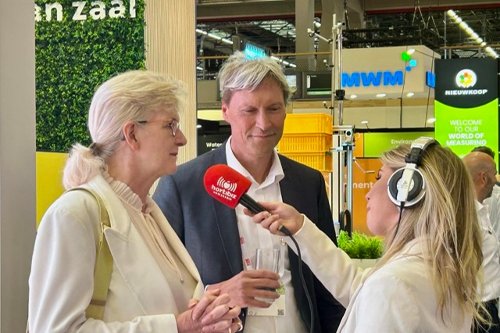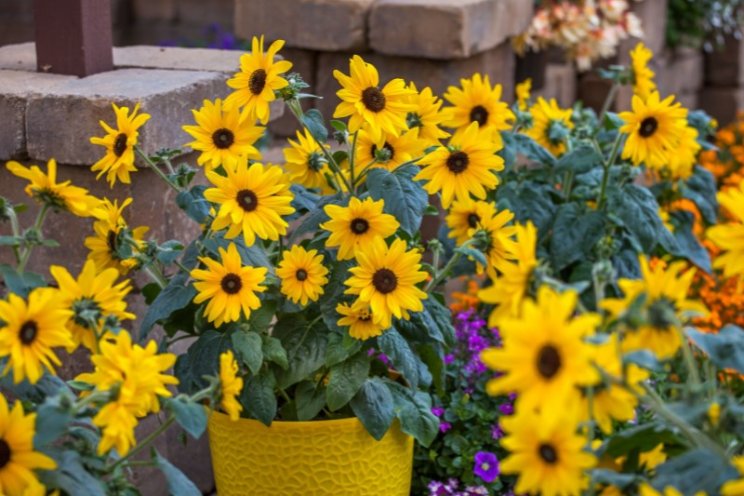Efficiency benefits of LED
Added on 02 January 2023

It’s no secret that cultivating cannabis is expensive. Funding a grow space of any size requires substantial investment before ever seeing your first harvest. Ensuring long-term success in cannabis cultivation requires investing in quality infrastructure that stands the test of time. The less efficient a system, the more money it will cost operators long-term. Let’s shed some light on the efficiency of fixtures used in cannabis.
Illuminated History
During the Nixon era, federal government crackdown on cannabis hit an all-time high. With rampant fly-overs and raids of outdoor farms during this period, outdoor cultivators were forced to move inside to continue production. Without lighting technology geared toward cannabis cultivation, growers opted for the available HPS systems.
However, there were some drawbacks. HPS lamps have the same functionality as a streetlight: On and Off. Additionally, cannabis struggled to reach its potential for yield due to the limited photon output in HPS systems.
One of the biggest issues with HPS systems is the heat added to your grow space. This requires additional infrastructure to balance the growing environment. Over time, these fixtures and the additional infrastructure demanded become extremely costly. Running your HPS at full power not only adds heat to your grow space and digits to your utility bill, but burns the bulbs out quicker over time. Raising the ambient temperature in the room also causes water to evaporate quicker.
Tale As Old As Time
As a response to these issues, LED technology emerged. These models quickly solved energy consumption by running at a lower wattage of 650-700. However, the light given off was cast at an angle, resulting in lower ppfd levels than HPS. LEDs had a long way to go, as these issues presented lower yielding crops than HPS on harvest day. In an attempt to fix this issue, growers would “chase the canopy” and manually move the light throughout the cycle to achieve optimal light levels.
Photo by CRYSTALWEED cannabis on Unsplash
More news















